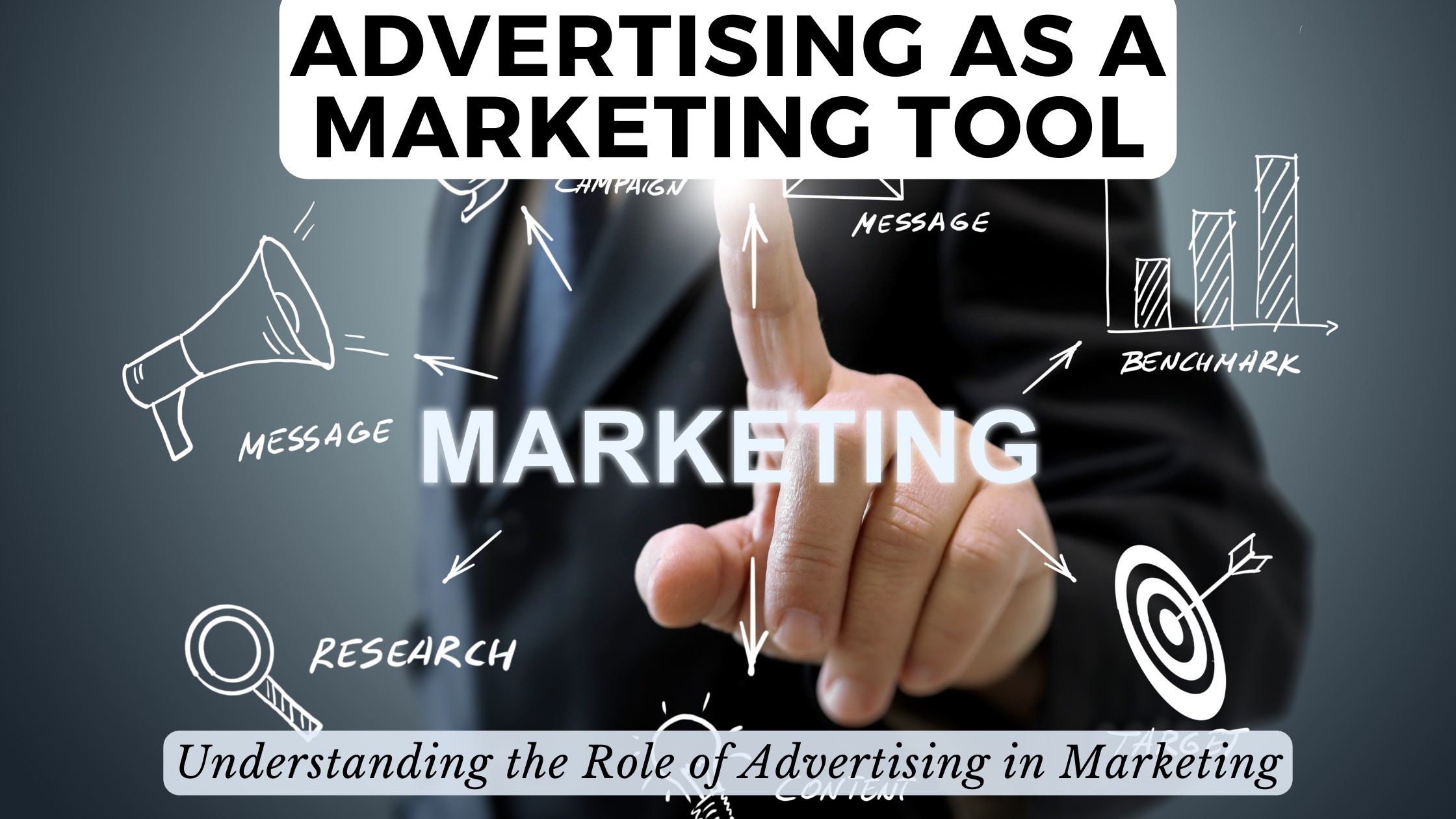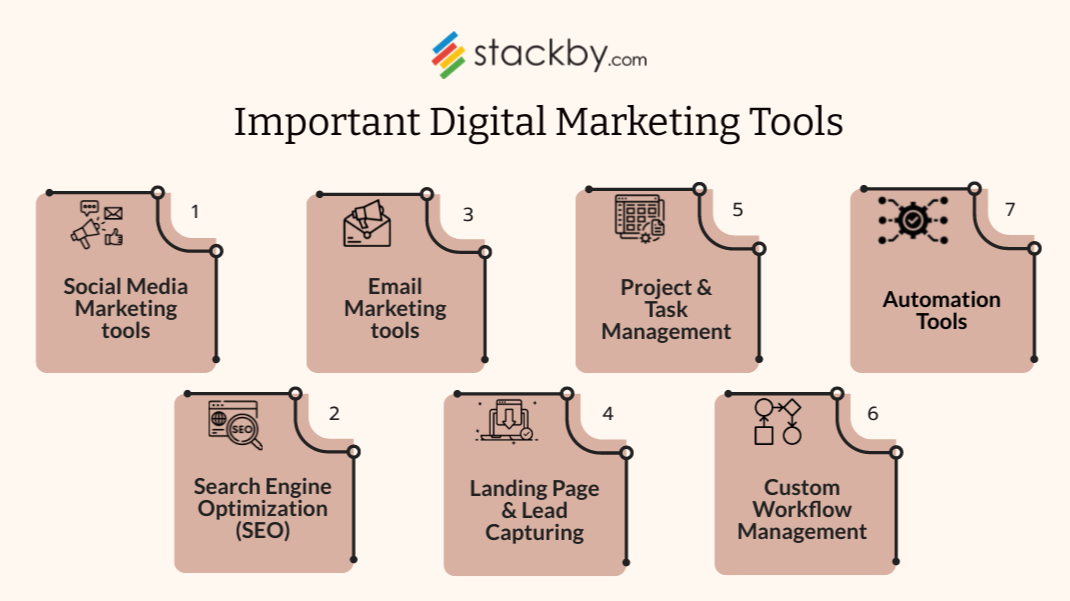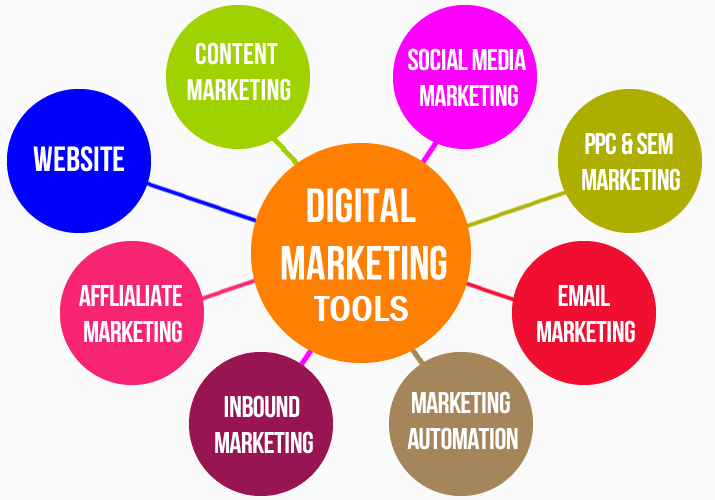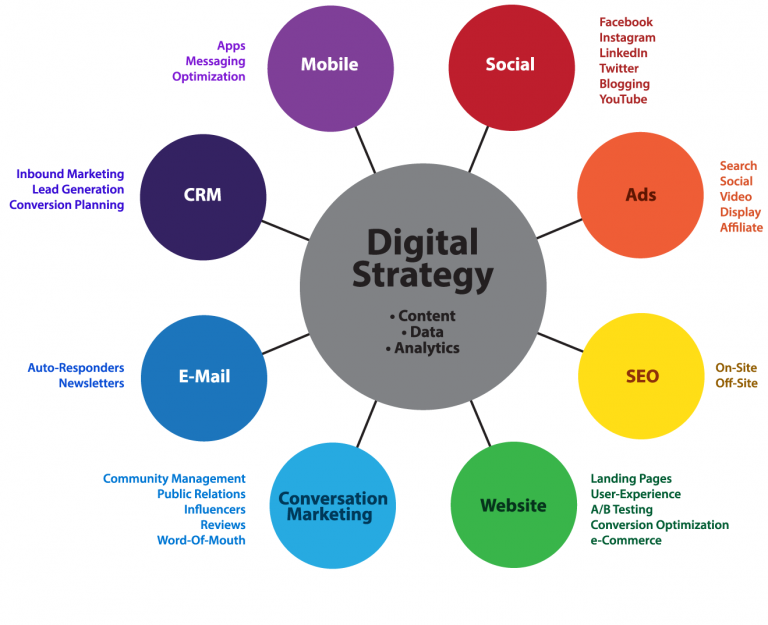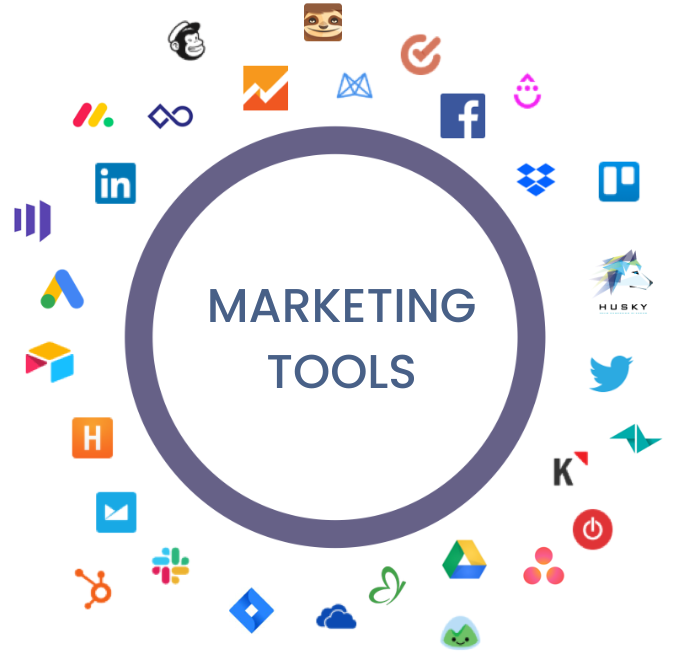As A Marketing Tool Advertising Is Primarily Used To

Businesses are increasingly leveraging advertising, not just to inform, but to aggressively drive sales and build brand loyalty in a hyper-competitive market. This shift demands a reassessment of advertising strategies for maximum impact.
The core function of advertising has evolved beyond mere product awareness; it now serves as a critical tool for direct revenue generation and long-term customer relationships.
The Primary Objective: Boosting Sales
Advertising, at its heart, is designed to increase sales volume. Companies invest heavily in campaigns that directly prompt consumers to purchase their products or services, as data from Statista shows a direct correlation between advertising spend and sales revenue across various sectors.
This correlation emphasizes the urgency for businesses to optimize their advertising efforts for immediate financial returns. A poorly targeted or ineffective campaign can result in significant losses.
Brand Building and Customer Loyalty
Beyond immediate sales, advertising plays a crucial role in cultivating brand identity and fostering customer loyalty. Successful campaigns build an emotional connection with consumers, making them more likely to choose a particular brand over competitors.
According to a 2023 report by Deloitte, brands with strong emotional connections to consumers experience a 52% higher lifetime value. This illustrates the long-term benefits of strategic advertising.
Targeting Specific Demographics
Effective advertising requires a deep understanding of target demographics. By tailoring messages to resonate with specific groups, businesses can dramatically improve the effectiveness of their campaigns.
Market research firms like Pew Research Center provide valuable insights into consumer behavior, allowing advertisers to refine their strategies for maximum impact. Ignoring demographic data can lead to wasted resources and missed opportunities.
The Role of Digital Advertising
Digital advertising, including social media marketing and search engine optimization (SEO), has become increasingly dominant. This channel offers unparalleled opportunities for targeted messaging and real-time performance tracking.
A recent study by eMarketer projects that digital advertising will account for over 60% of total ad spend by 2025. This highlights the urgent need for businesses to adapt to the digital landscape.
Measuring Advertising Effectiveness
Tracking key performance indicators (KPIs) is essential for evaluating the effectiveness of advertising campaigns. Metrics such as click-through rates (CTR), conversion rates, and return on ad spend (ROAS) provide valuable insights.
By carefully monitoring these metrics, businesses can identify areas for improvement and optimize their campaigns for better results. Data-driven decision-making is crucial for maximizing the return on advertising investments.
The Impact of Social Media
Social media platforms like Facebook, Instagram, and TikTok have become powerful advertising tools. Their ability to target specific demographics and engage with consumers in real-time makes them invaluable for marketers.
Hootsuite's annual social media report consistently highlights the increasing importance of social advertising in driving sales and building brand awareness. Businesses must leverage these platforms effectively to remain competitive.
The Future of Advertising
The advertising landscape is constantly evolving, with new technologies and platforms emerging regularly. Businesses must stay abreast of these developments to maintain a competitive edge.
Artificial intelligence (AI) and machine learning are increasingly being used to personalize advertising messages and optimize campaign performance. Embracing these technologies is crucial for the future of advertising.
Compliance and Ethics
Advertising must adhere to strict ethical guidelines and regulatory requirements. Misleading or deceptive advertising practices can result in severe penalties and damage a company's reputation.
Organizations like the Federal Trade Commission (FTC) actively monitor advertising practices to ensure compliance with consumer protection laws. Transparency and honesty are essential for building trust with consumers.
Ongoing Developments and Next Steps
Businesses need to continuously analyze advertising performance and adapt strategies to the ever-changing market. Focusing on data-driven insights, embracing new technologies, and prioritizing ethical practices are critical next steps.
Regular A/B testing, market research, and monitoring competitor activities are also essential for staying ahead of the curve. The goal is to use advertising to secure market share and build sustainable customer loyalty.



